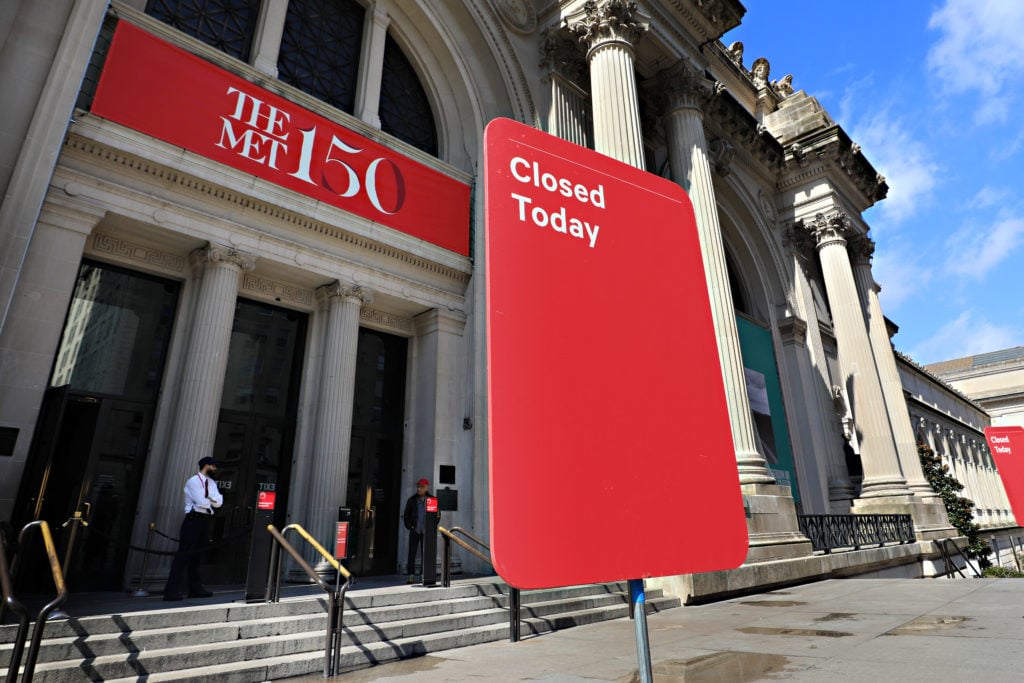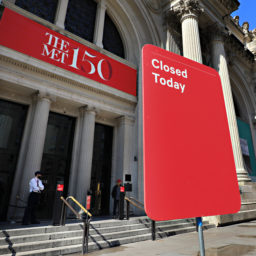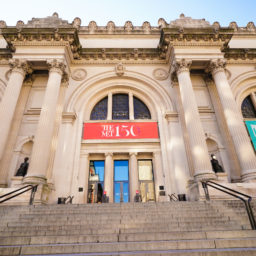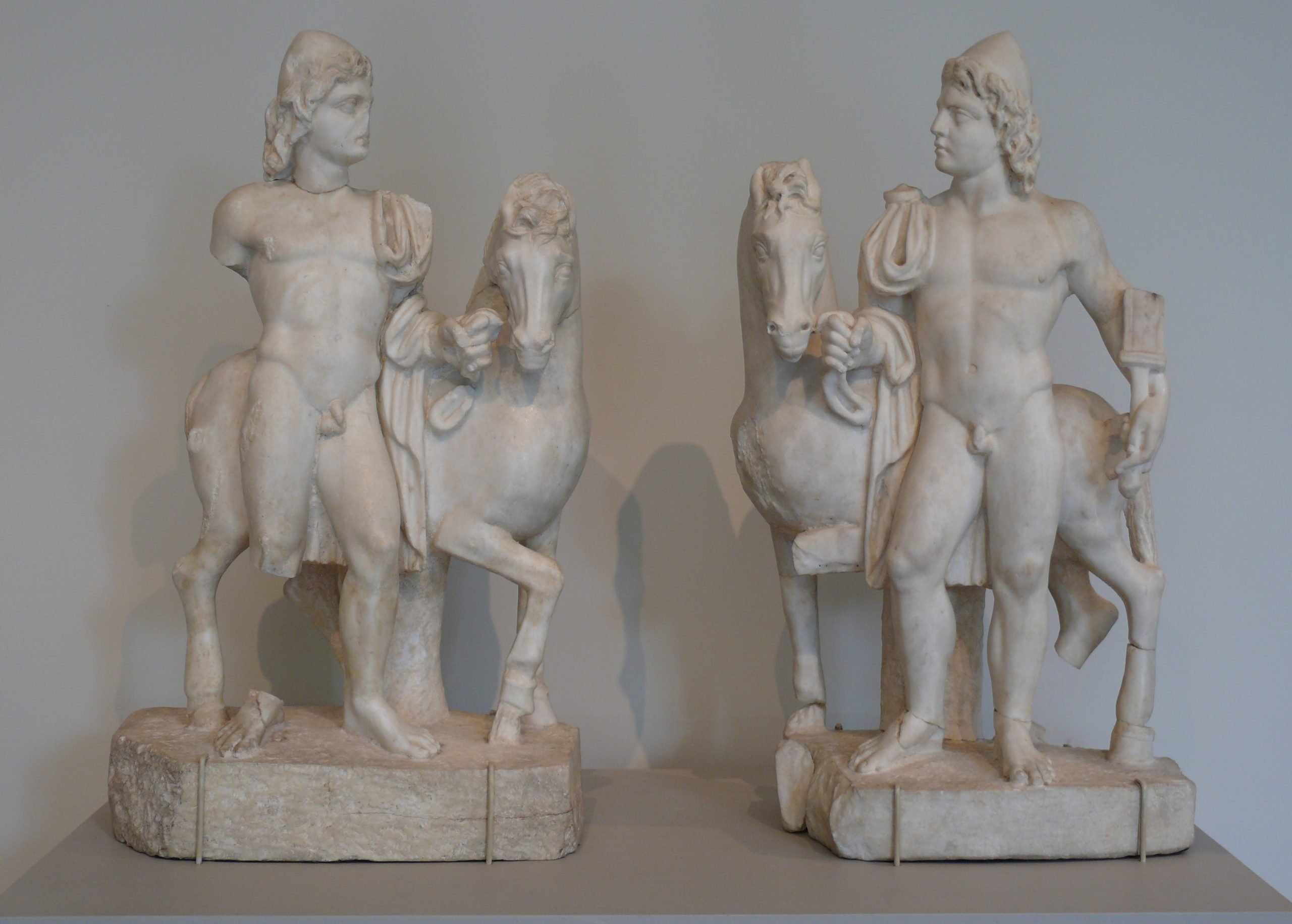Now that the Metropolitan Museum of Art will likely remain closed until July, with museum leadership expecting a budget shortfall of as much as $100 million, one of the most famous art museums in the world is being forced to make some difficult decisions.
While art institutions with smaller purses—which is to say, essentially all other museums—scramble to estimate the impact of weeks of closures due to the coronavirus on their bottom line, the Met is already shifting its message, calling attention to its expanded online offerings while its doors remain closed to the public.
“This is forcing us to be a bit more nimble,” Met director Max Hollein told Artnet News in a phone interview from his office at the museum (where, he said, the facilities team is hard at work, but he is safely remaining six feet away from others).
“The Met is always used to doing everything absolutely perfectly. We’re learning to make things great, but they don’t have to be perfect.”
Since it became one of the first American museums to close its doors last Thursday, the museum has entirely overhauled the front page of its website to promote its expansive digital content, which includes its famed Timeline of Art History and a dedicated site for kids. A spokesperson says the museum’s YouTube views are up 150 percent compared to the weekly average, while traffic to the dedicated MetKids site has spiked a staggering 833 percent.
Moving forward, the museum’s staff—including its digital team of more than 50 people—is working to adapt previously planned public programs to the web. Curators, for example, are now preparing to give talks from their own homes.
The expansion of digital initiatives will likely be cold comfort to the many Met staff members who are fearing for their jobs and wondering about the fate of their work in light of an email from museum leadership yesterday that spelled out the dire consequences of the museum’s shutdown and the economy’s nosedive.

Max Hollein, director of the Met, and Met CEO Daniel Weiss. Images courtesy of the Metropolitan Museum of Art.
Hollein and Daniel Weiss, the museum’s CEO, explained that they had devised a three-phase response to the crisis. They told staff they could expect to be paid through April 4, after which leadership would evaluate potential layoffs, voluntary retirements, and furloughs.
Between April and June, they said, the museum will work to reduce operating costs by potentially instituting freezes on hiring and discretionary spending as well as launching a budget and staffing review. By July, they anticipate the museum will reopen with a “reduced program and lower cost structure and lower attendance for at least the next year due to reduced global and domestic tourism and spending.”
Hollein told Artnet News that he expected some major exhibitions planned for the fall to be postponed for one to two years. The museum is also in the process of working to extend some high-profile shows that had recently opened, like the Gerhard Richter survey at the Met Breuer (open for nine days before the museum’s closure), as well as “Making the Met,” the museum’s 150th-anniversary exhibition, which was due to open on March 30 and was almost fully installed when the museum closed its doors.
To help offset its projected shortfall, the Met plans to create a $50 million emergency fund by reallocating discretionary resources toward operating expenses—specifically, money that was otherwise earmarked for acquisitions, programming, and educational initiatives. That means “the museum will acquire way less [art] this year than it used to in the past,” Hollein said. Beyond that, he noted, “I don’t think that our audience will see a big effect.”
Asked why the museum did not consider dipping into its over $3 billion endowment instead of pursuing cutbacks and layoffs, Hollein said, “We have a responsibility for the longevity of the institution and the sustainability of the institution…. Although our endowment is big, it has a lot of different restrictions and we don’t want to reduct it for future generations.”
Meanwhile, Hollein added, the museum’s leadership continues to have backchannel conversations with other top New York museum leaders to petition foundations and governments to offer relief sector-wide. The museum’s own approach is not “supposed to be sending any kind of negative messages or creating more tension,” he said. “This is completely new terrain for all of us.”
Follow Artnet News on Facebook:
Want to stay ahead of the art world? Subscribe to our newsletter to get the breaking news, eye-opening interviews, and incisive critical takes that drive the conversation forward.









